Are Key Locks Really Safer Than Combination Locks?
.jpg)
_11zon.jpg)
When choosing a lock, there are various options available in the market, ranging from traditional key locks to modern electronic locks, and even the convenient combination locks. For many, electronic locks seem to be the safest and most technologically advanced choice, but in reality, combination locks also offer significant advantages in certain situations.
This article will explore the structural differences between combination locks and key locks and help you understand how burglars can open each type of lock in different scenarios.
Key vs. Combination: Structural Differences in Locks
To understand which is safer, we first need to look at the structure of these two types of locks.
Traditional key locks, also known as pin tumbler locks, contain pins and pin chambers inside. When the key is inserted into the lock, the raised parts of the key push the pins, aligning them with the pin chambers, allowing the lock to turn. The security of a traditional lock depends on the complexity of the pin chamber system. Because the key and lock cylinder need to match, it’s difficult to tamper with the lock from the outside, making it crucial to keep the key safe to ensure proper unlocking.
Combination locks, on the other hand, consist of a set of flat metal discs (called dials) inside. Each dial has a small notch, and when the key (or combination) is inserted, the shape of the key rotates the dials to the correct angle to unlock the lock. The operation of a combination lock is based on the relative position of the dials. Since the key is not required, users only need to rotate the dials to unlock it. However, most combination locks operate on a system where the dials range from 0 to 9, and even with common 3- or 4-dial combinations, there are enough possible combinations to be cracked by systematic trial and error.
In terms of structural differences, key locks are unique and best suited for environments with a single user, while combination locks are convenient for multi-user scenarios, making them easier to manage.
However, in normal conditions, cracking a well-made key lock or combination lock is not easy. The choice of lock should depend on the situation.
Common Methods Used by Thieves
Because the structures of key locks and combination locks are different, thieves tend to use different methods to crack them. For key locks, common methods include lock bumping, lock picking, and key duplication.
- Lock Bumping: This technique involves using a specially crafted "bump key" to apply precise vibrations, moving the pins inside the lock to the correct position, thus unlocking it.
- Lock Picking: This involves using common items like hairpins or paper clips, or specialized tools, to move the pins inside the lock in sequence and unlock it.
- Key Duplication: A common method where if a key is lost or stolen, it can be easily copied and used to open the lock.
For combination locks, the most common methods are code cracking and brute force rotation. Thieves may examine the wear marks on the lock to deduce the most likely combination, then try it repeatedly. Brute force rotation involves using tools to apply external force, rendering the internal mechanism ineffective.
Regardless of the type of lock, thieves can use various methods to crack them. Therefore, the design, materials, and protective mechanisms of the lock will determine the difficulty of cracking it. For consumers, choosing locks with high security and anti-tampering features is essential to protect their property from theft.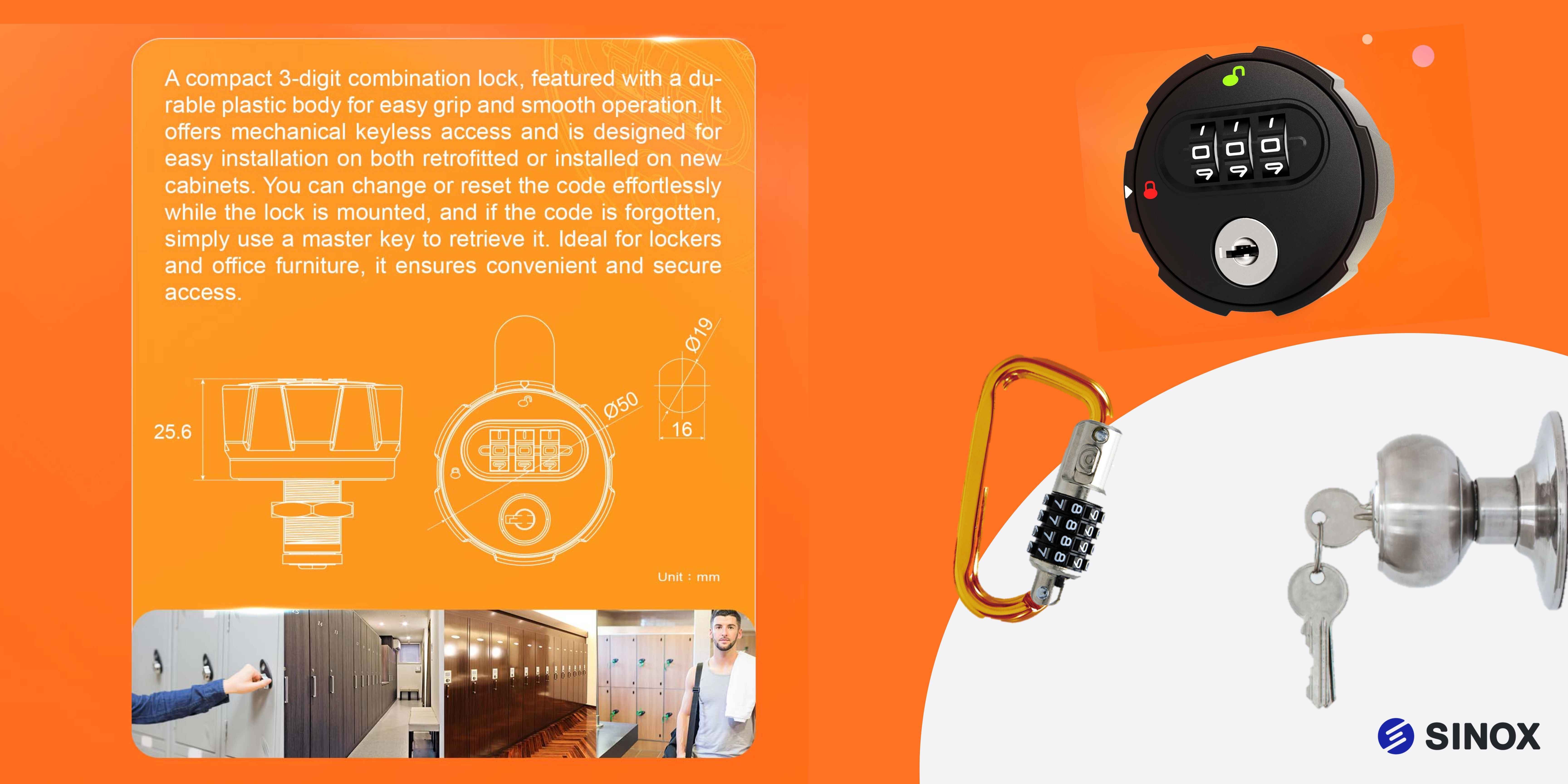
High-Quality Locks Reduce Theft Rates
There is no absolute "better" or "worse" lock; each type has its specific advantages. The most important factor is the lock's quality and anti-theft design. Even the most advanced features cannot function properly if the lock's quality does not meet the required standards. When purchasing a lock, it’s crucial to choose one with anti-tampering mechanisms and durable materials to ensure the safety of your belongings.
Next time you're buying a lock, remember to choose the one that best fits your lifestyle and acts as a reliable guardian for your property!

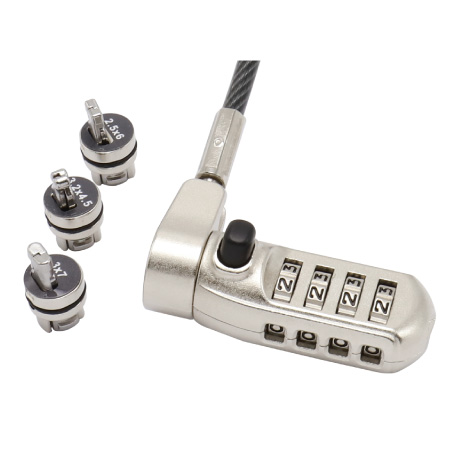
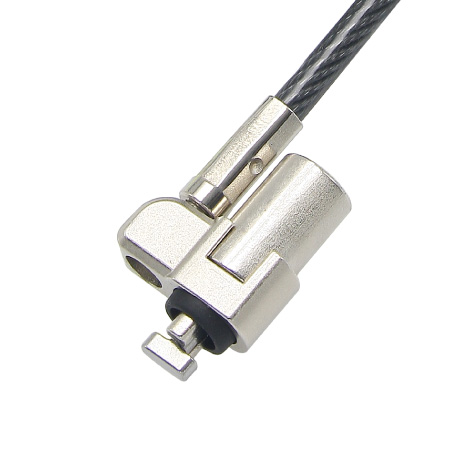
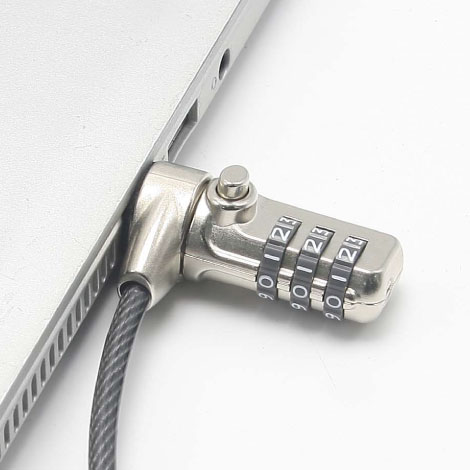
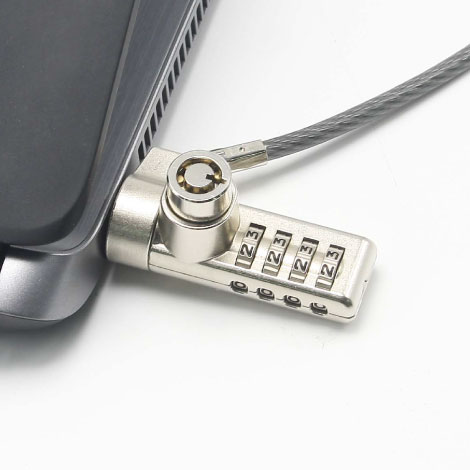
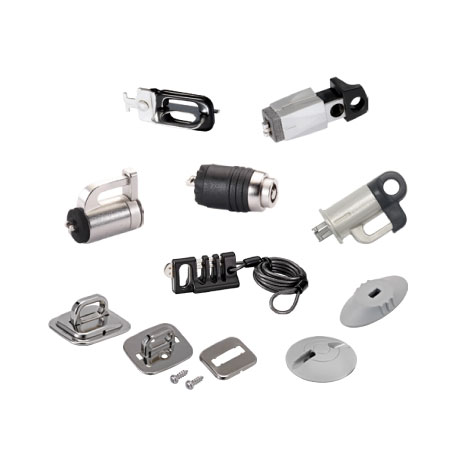
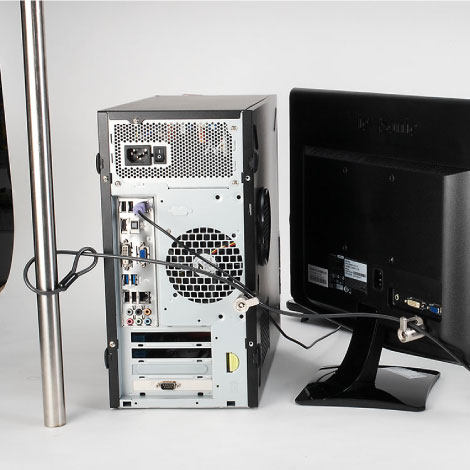
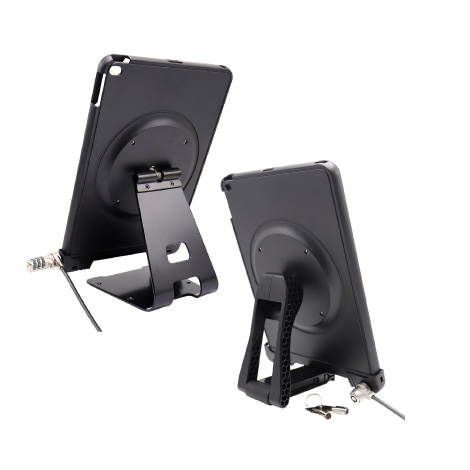
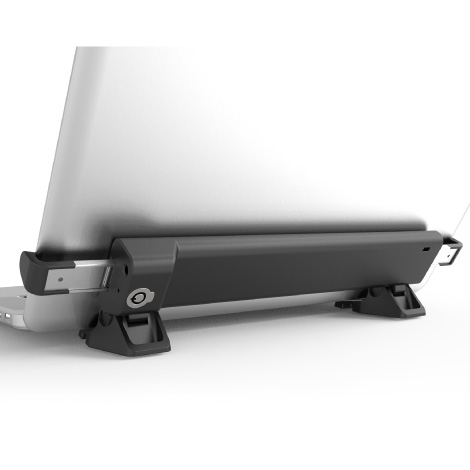
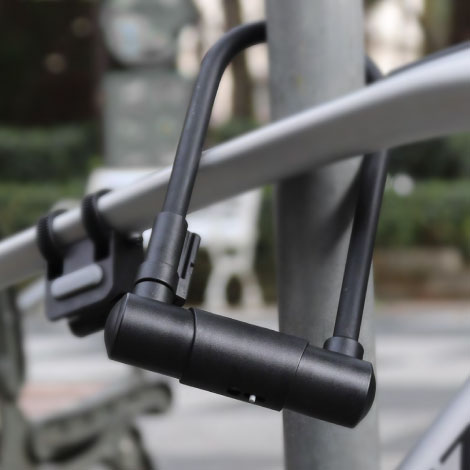
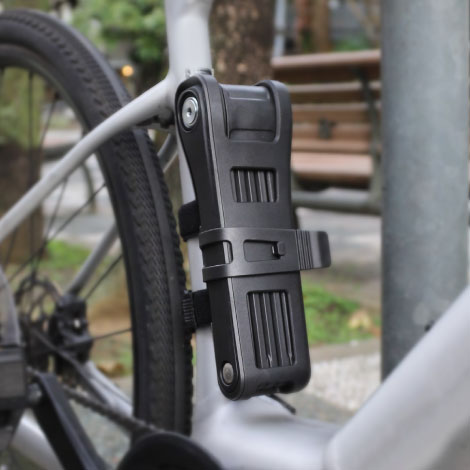
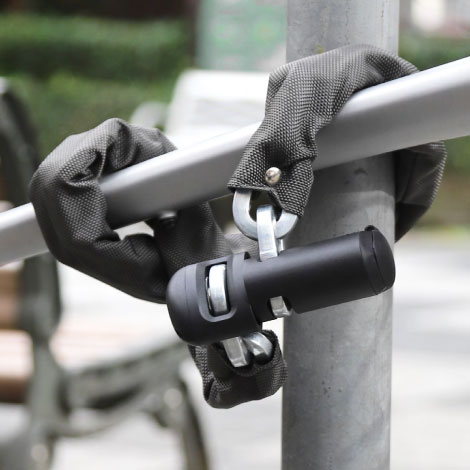
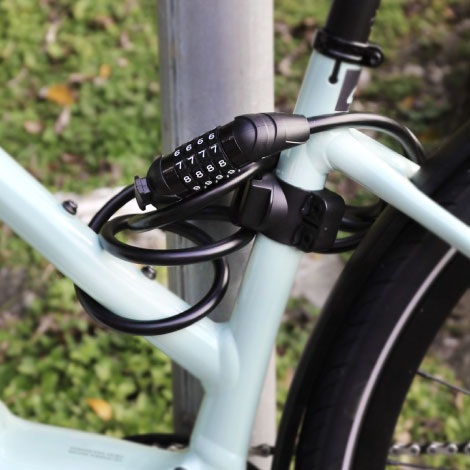
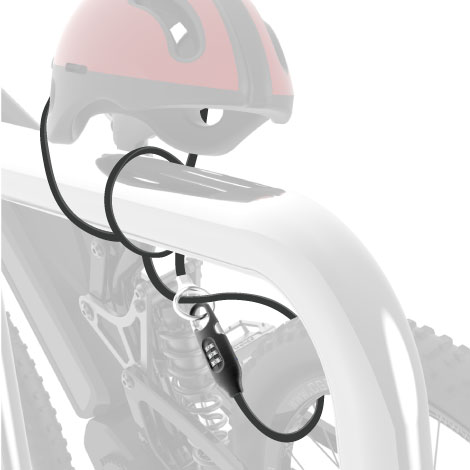
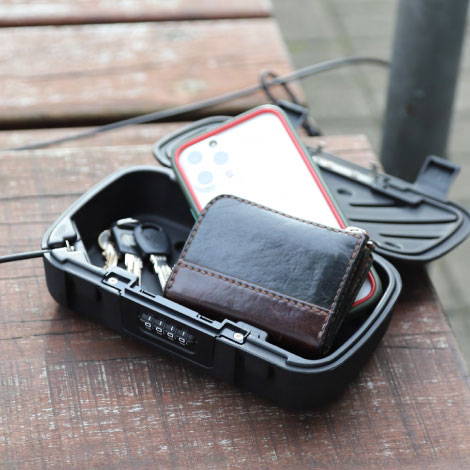
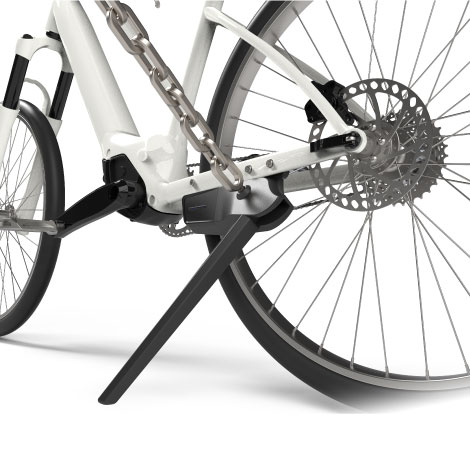
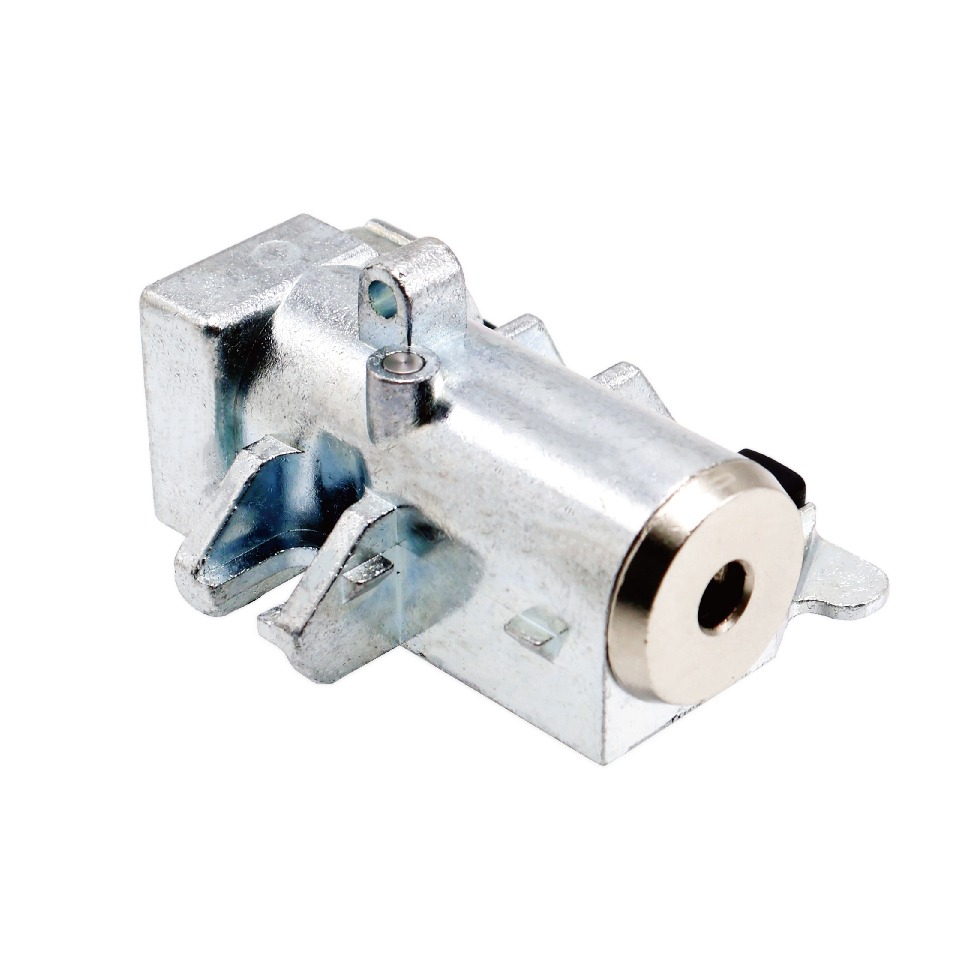
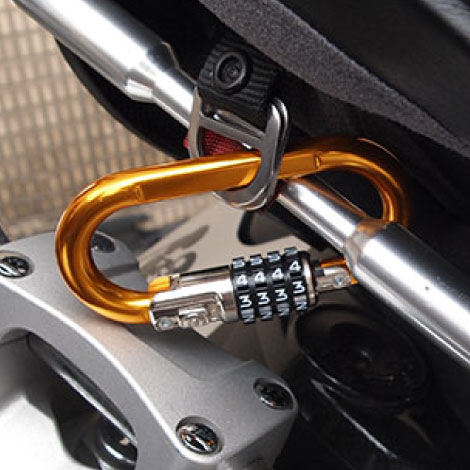
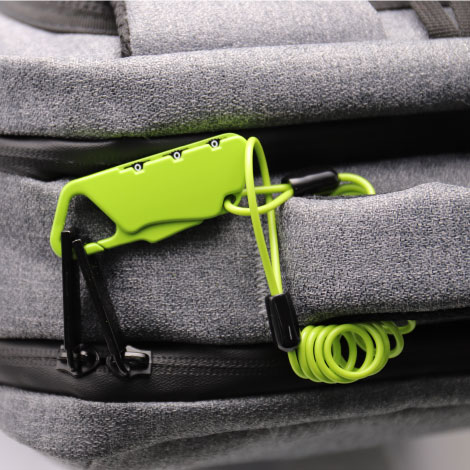
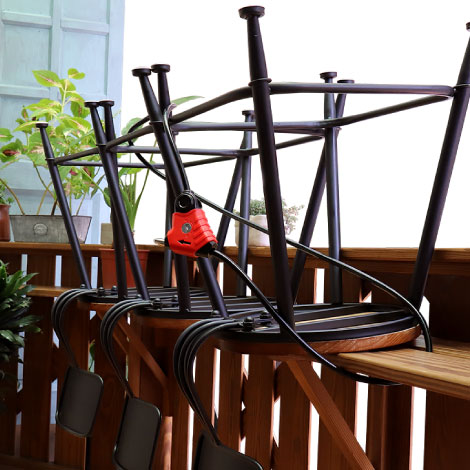
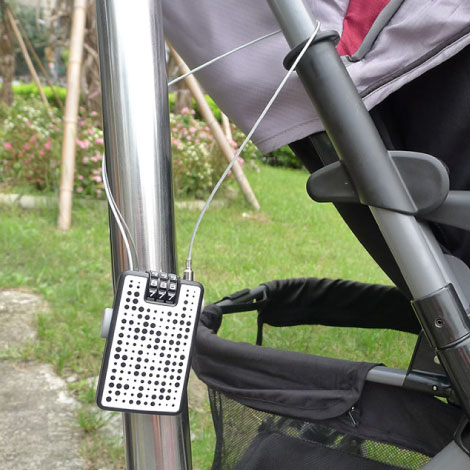
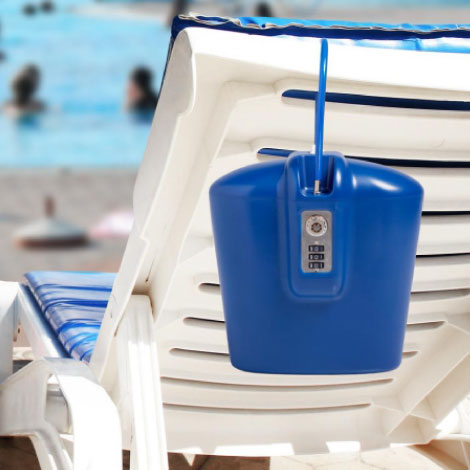
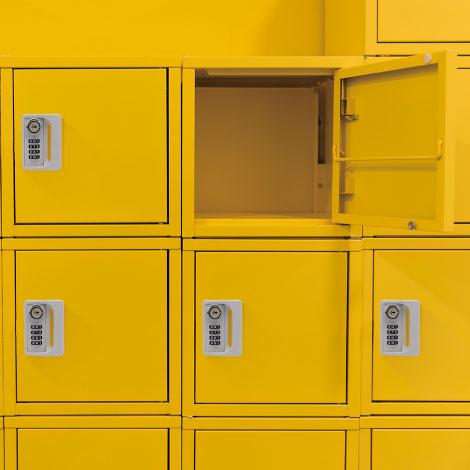
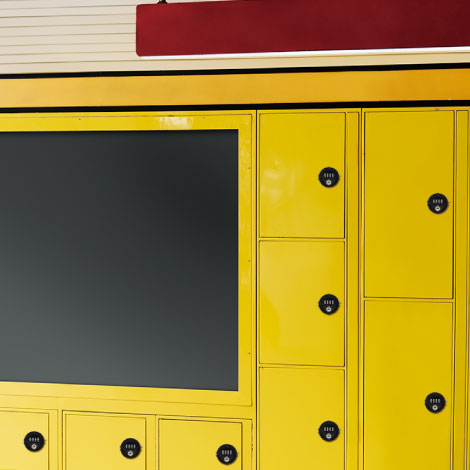
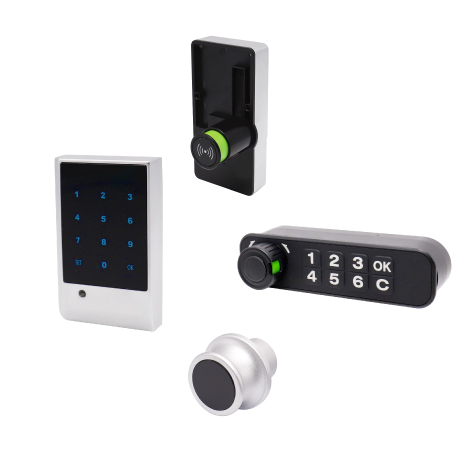

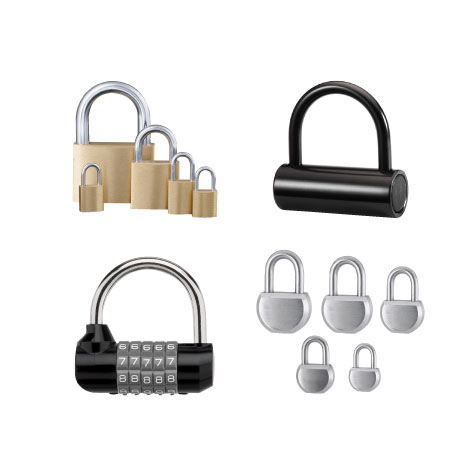
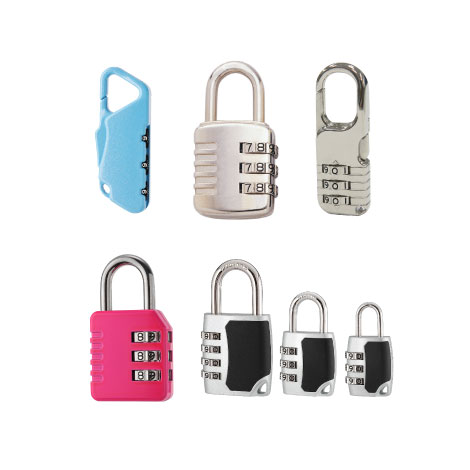

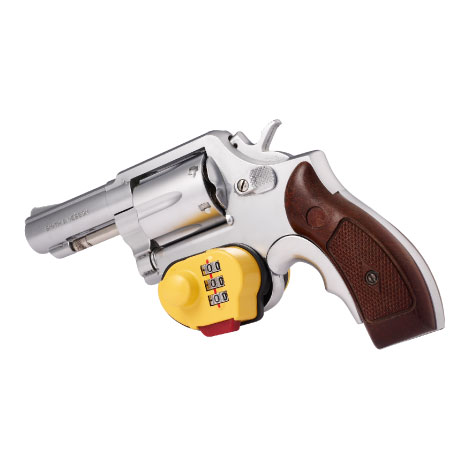
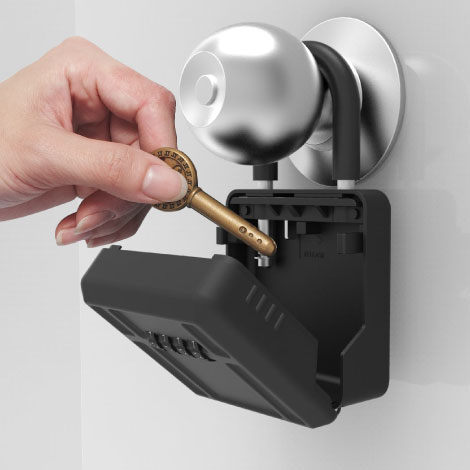
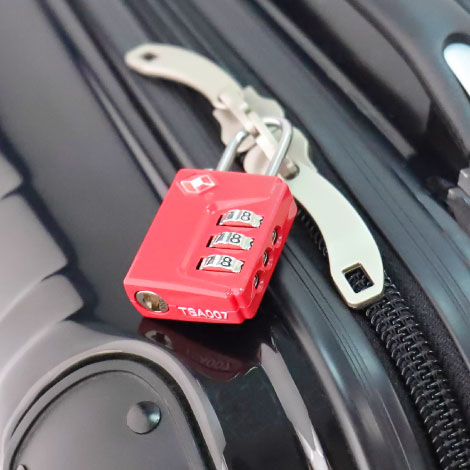
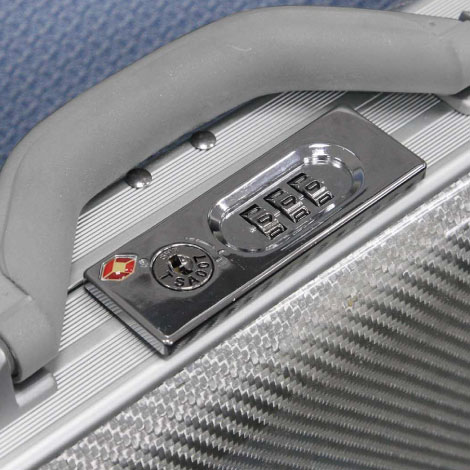
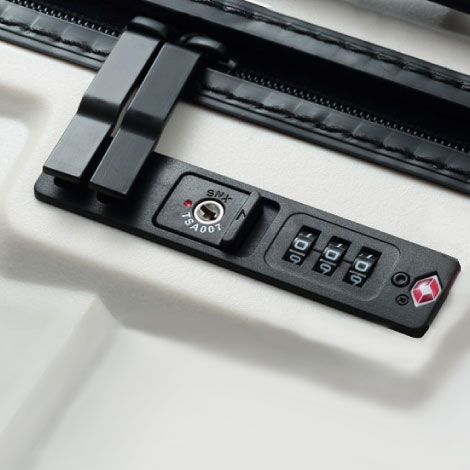
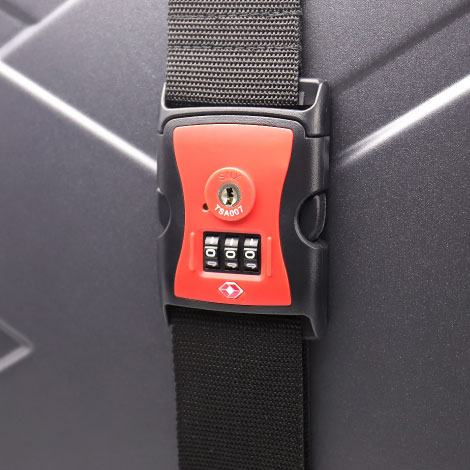
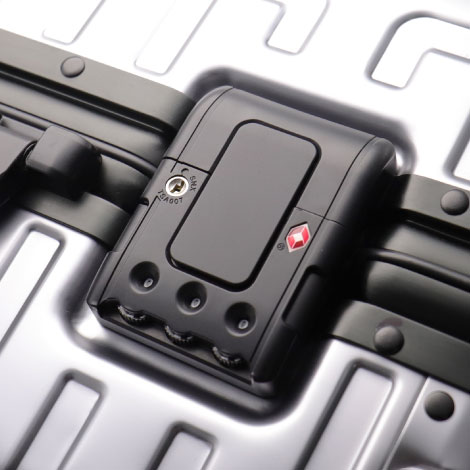

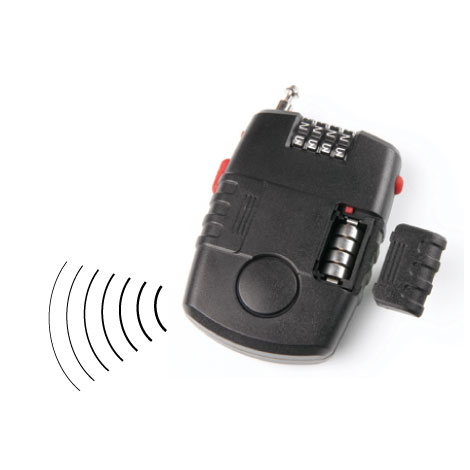
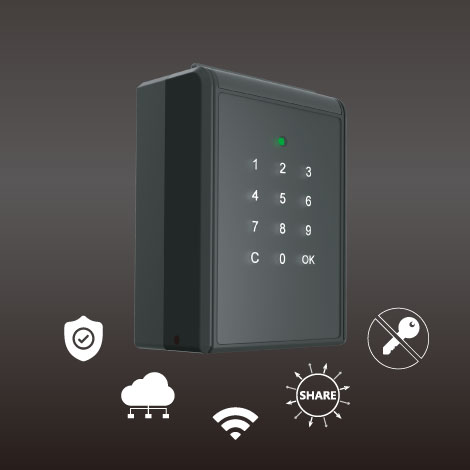
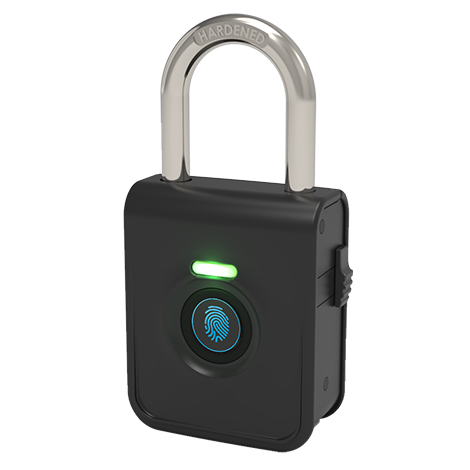
 English
English 繁體中文
繁體中文 简体中文
简体中文